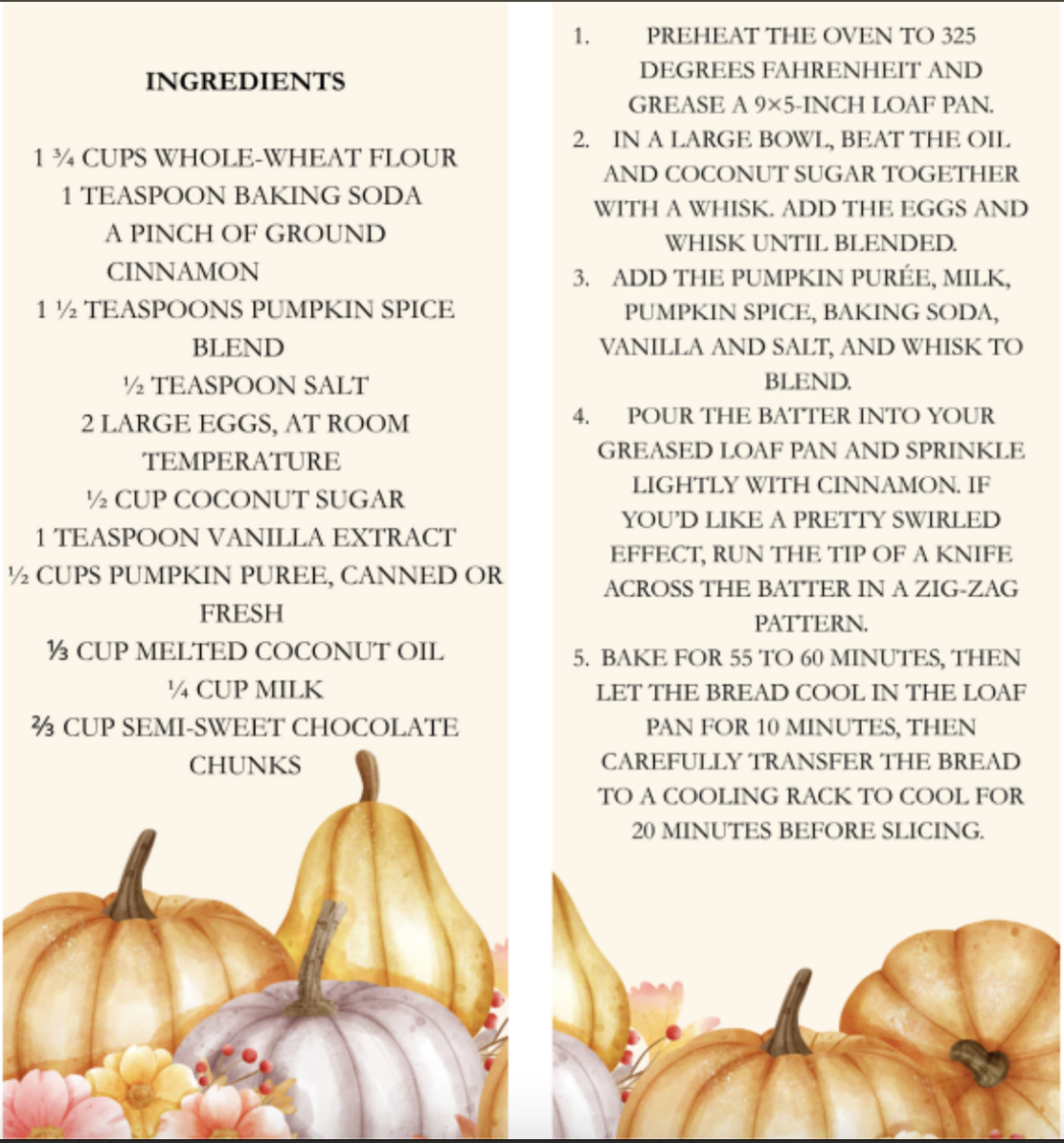For the majority of the 20th century, vinyl records were a staple of society and the primary way people listened to music. However, as technology advanced, new music formats emerged—each more convenient and accessible than the last. Vinyl records gave way to cassette tapes, CDs, iPods, and eventually smartphones. By the time digital streaming took off in 2004, vinyl sales had plummeted to just 0.2% of total music sales, a sharp decline from their peak of over 50% in the early 1980s. Once relegated to dusty boxes in attics and basements, vinyl records have made a surprising comeback in recent years. They are now seen as both a stylish design element and a nostalgic, tactile way to experience music. What prompted this revival?
Part of the appeal lies in the unique listening experience vinyl provides. Unlike digital formats, records offer a tangible connection to music through cover art, liner notes, and the physical act of placing the needle on the record. In an increasingly digital world, many listeners-especially Gen- Zer’s—appreciate having something physical and meaningful in their hands. According to Music Week, “Gen-z is more likely (61%) than Millennials (53%) and Gen X (27%) to replace digital habits with vinyl listening to improve their mental well-being.”
The music and manufacturing industries were caught off guard by this revival. In an interview with Rolling Stone magazine, Rock and Roll legend Tom Petty expresses his excitement at this resurgence, noting how “Vinyl is alive and well, and I’m thrilled about it.”
People are realizing that music is an experience. It’s not just about the song; it’s about the ritual—the cover art, the liner notes, the sound.” Similarly, Beach Boys co-founder Brian Wilson shared with the Los Angeles Times that “Vinyl has a warmth to it, a soul. Digital doesn’t really capture that emotion. When I first heard my music on vinyl, it was like hearing it in full color, and that’s how I still feel about it.”
The Globe spoke to Patty Weston, owner of Underground Vinyl located in Larchmont. Weston commented that “vinyl cover artwork is just a great representation as to why people love vinyls.”
Similarly, MHS Photo and Design teacher Gwyenne Bettencourt shares that “vinyl records are distinctive because of their unique design, which visually captures the essence of the music. They allow for exceptional and innovative packaging concepts, transforming each record into a work of art.
Beyond their visual appeal, vinyl offers a tactile experience—you can hold it, interact with it, and share it in ways that digital formats can’t replicate.” Bettencourt recently taught her design students how to create their own vinyl records, and she believes that vinyls have had a renaissance in the digital age.
In 2022, these records became the most popular physical form of recorded music. According to Official Charts, sales of vinyl LPs grew for the 15th consecutive year in 2022 to 5.5 million units, their highest level since 1990.
As of 2024, a significant portion of vinyl buyers come from Gen Z., an ironic truth as they are the generation with the most access to digital technology and modern social media.
The top-selling vinyl records included The Tortured Poets Department by Taylor Swift, Definitely Maybe by Oasis, and The Rise and Fall of a Midwest Princess by Chappell Roan—all artists with fan bases averaging around 18 years old. MHS design student Clare O’Neill (’26), who owns and is familiar with vinyl records, shares her thoughts on their renewed popularity among younger generations. She explains that vinyls are “different. I like how vinyl records feel nostalgic. When I’m cleaning my room, I like turning on my record player—it’s sometimes better than using a speaker.”
This unexpected resurgence highlights a yearning for authenticity and tradition in an era dominated by digital experiences. As vinyl records continue to thrive, they serve as a reminder that sometimes, the past still has a place in shaping our modern lives.








